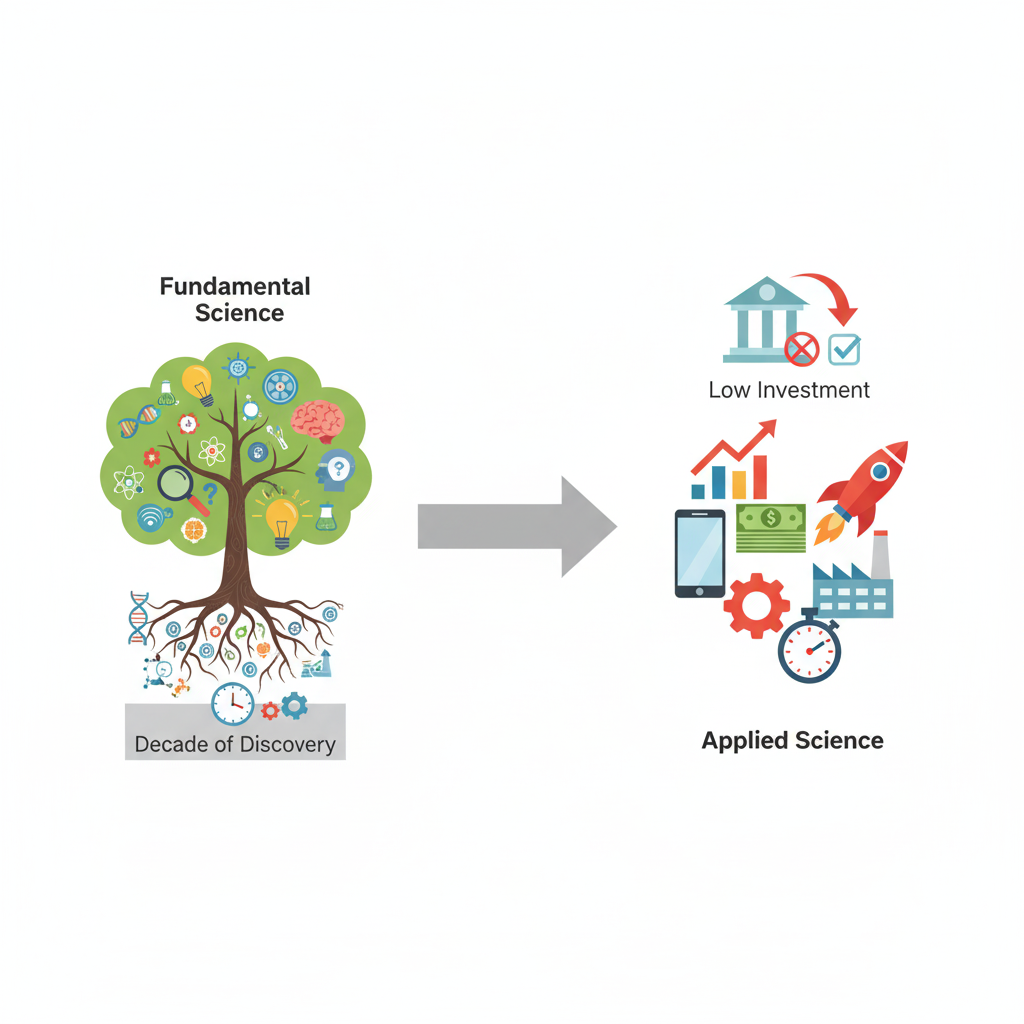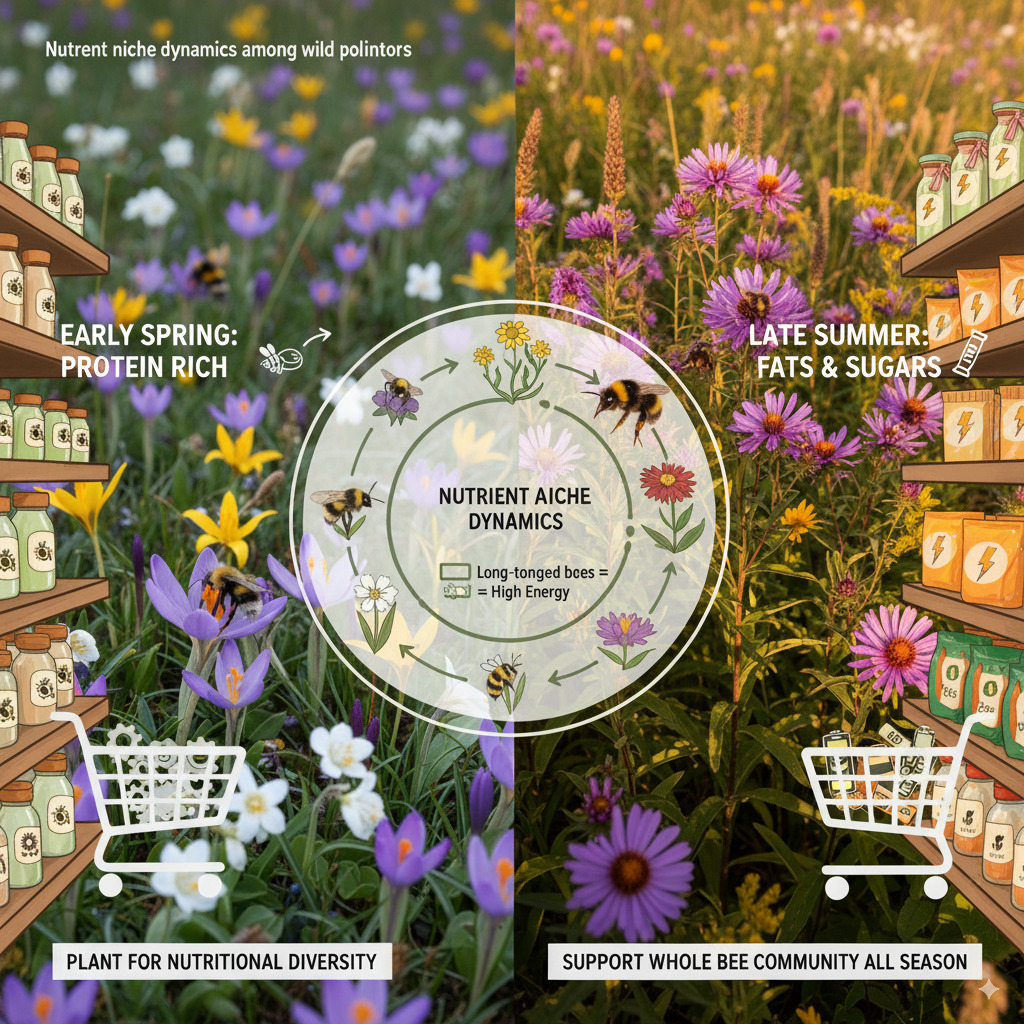
The SciTalk
Aug 21, 2025
Nepal faces a hard truth. Children risk losing half of their future productivity. The Human Capital Index stands at 0.50, which means a child born today will reach only half of their potential as an adult. Good schools and strong healthcare can make a difference. With better services, incomes could almost double. This is the central message of the Nepal Human Capital Review.
Where a child grows up still matters a lot. Karnali sits at 46 percent, Bagmati at 58 percent, and Lumbini near the middle at 51 percent. These numbers tell a simple story. Children in some provinces do not get the same chance to learn and stay healthy. Families travel far for clinics. Schools lack teachers, materials, and steady support. These early gaps often follow children into adulthood.
Jobs make the picture even tougher. The country uses only a small share of the skills people build. The score for “how much of people’s potential gets used in real work” drops to 0.18. Women face the steepest barriers. Boys utilize approximately 26 percent of their potential in paid work, while girls use only 12 percent. Limited childcare, safety concerns, and unfair hiring keep many women out of the workforce. When half the population cannot participate fully, the whole country loses.
Public spending trails the need. In 2022, Nepal allocated 3.7 percent of its GDP to education, while similar countries spent approximately 4.3 percent, and UNESCO recommends a target of 6 percent. Health spending reached only 2.1 percent of GDP; peers averaged about 3.9 percent, and the WHO points to 5 percent for universal coverage. You can see the result in thin staffing, drug shortages, and weak service quality. Children expect 12.3 years of schooling, yet learning-adjusted years fall to 7.2. Time in class does not match real learning, and that gap cuts skills and future wages.
The health system struggles to protect families. The National Health Insurance was introduced in 2016, yet it currently covers only about a quarter of the population. Many low-income families pay cash at the clinic and delay care. Hospitals often fail to meet national quality standards, and patients usually feel the impact in long lines and poor service. Disease patterns have also shifted. Non-communicable diseases such as heart disease and diabetes cause about 70 percent of deaths. Prevention and long-term care still fall short of what people need.
Shocks keep knocking gains back. The 2023 Jajarkot earthquake destroyed more than 701 schools and killed 75 students. Families lost weeks of learning, and local budgets bent under the strain. Dirty air adds more harm every day. Air pollution reduces life expectancy by 4.6 years and hinders cognitive function and learning. The economy suffers again through lost output, with annual costs equivalent to around a tenth of GDP. Cleaner air and safer buildings would save lives and school days simultaneously.
The labor market does not create enough good jobs. Most work is informal, wages run low, and protections stay thin. By 2030, Nepal will need approximately 3.3 million new jobs to keep pace with its growing workforce. Slow job creation drives migration. Around 2.6 million Nepalis lived abroad in 2020, accounting for nearly 8 percent of the population. Remittances now account for almost a quarter of GDP and help families cover expenses such as food, school fees, and healthcare. But heavy reliance on migration also drains local talent and weakens communities.
The report lays out a practical path. Spend more and spend smarter on education and health. Track results and reward what works. Direct extra teachers, nurses, and funds to provinces that lag, especially Madhesh, Karnali, and Sudurpaschim. Fix the rules that slow delivery. Pass the Federal Education Bill. Build the capacity to carry out the Public Health Service Act and its regulations. Clarify who is responsible for what at the federal, provincial, and local levels, and let local governments allocate funds based on precise data.
Focus on children’s nutrition and early years. Set provincial targets and aim at districts with the weakest outcomes. Link the child grant to nutrition services and behavior change, so families receive both cash and support. Expand support for mothers and young children, and track which programs are effective. At the same time, prepare for the next shock before it hits. Expand disease surveillance; upgrade labs. Train rapid response teams. Stock key vaccines and medicines. Retrofit health posts and schools for quakes, floods, and landslides. Build a single social registry so the state can quickly send help to the right households, and expand the Social Security Fund to include informal workers.
None of this needs miracles. It requires focus and follow-through. If leaders invest in clean air, safe schools, staffed clinics, and fair job access, Nepal can protect learning and improve survival rates. More women can work. More youth can stay and build their futures at home. The prize is real: stronger health and schools, more and better jobs, and a generation that turns potential into productivity. The clock is ticking, and the plan is in place. Now Nepal must act.
Source: Nepal Human Capital Review



